Home>Uncategorized>What To Put In A Sports First Aid Kit
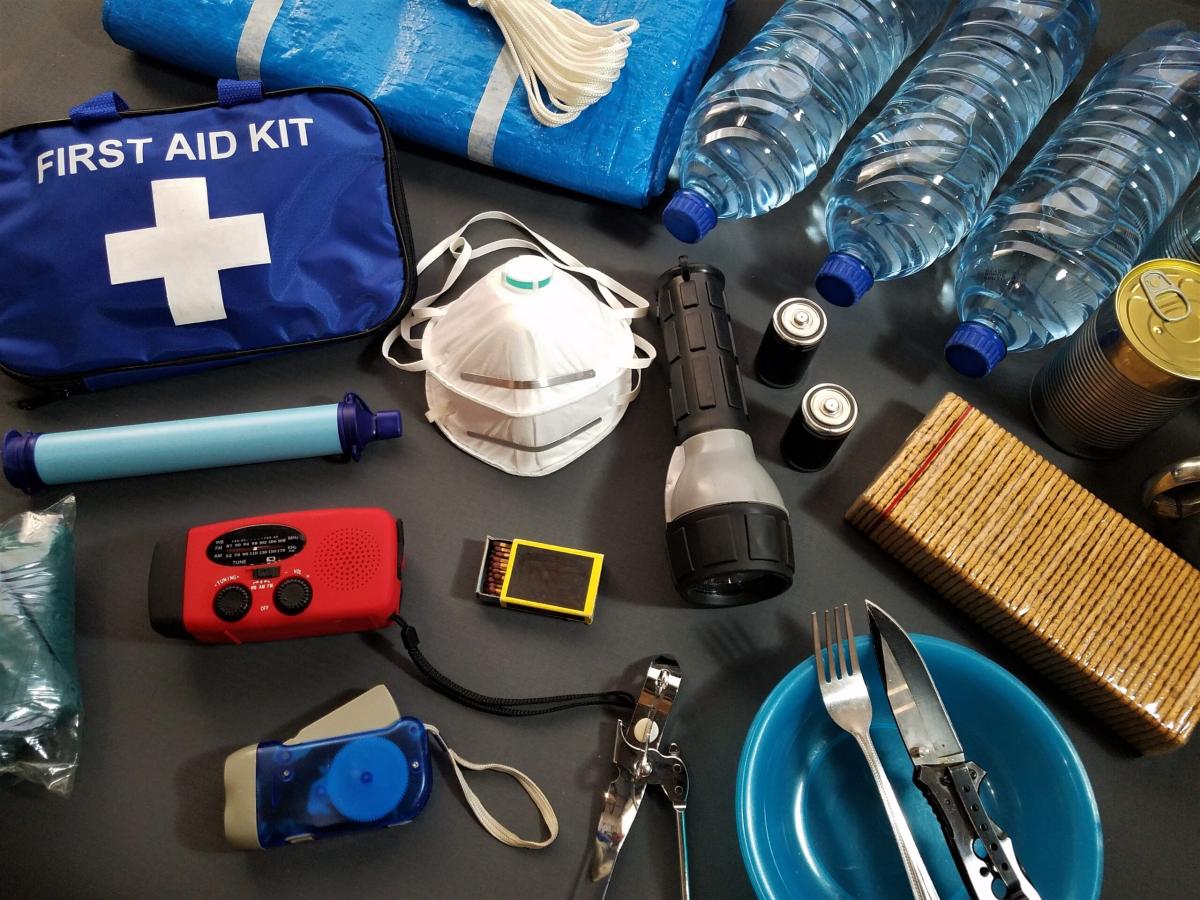

Uncategorized
What To Put In A Sports First Aid Kit
Modified: February 28, 2024
Ensure you're prepared for sports injuries with our comprehensive guide on what to include in a sports first aid kit. Find out the essential bathroom accessories to have on hand for any sports-related mishaps.
(Many of the links in this article redirect to a specific reviewed product. Your purchase of these products through affiliate links helps to generate commission for Storables.com, at no extra cost. Learn more)
Bandages
Bandages are an essential component of any sports first aid kit, serving as versatile tools for managing a wide range of injuries. From minor cuts and scrapes to more serious wounds, having a variety of bandages on hand can help address different types of injuries effectively. Here's a closer look at the different types of bandages that are crucial for a sports first aid kit:
-
Adhesive Bandages: Also known as adhesive strips or Band-Aids, these are ideal for covering small cuts, blisters, and abrasions. They are designed with an adhesive backing that sticks to the skin, providing protection from dirt and bacteria while promoting the healing process.
-
Gauze Rolls: These are long strips of woven material that can be wrapped around a wound to provide pressure and support. Gauze rolls are particularly useful for securing dressings in place and creating pressure bandages for controlling bleeding.
-
Sterile Gauze Pads: These are thick, absorbent pads that are used to cover larger wounds and provide a protective layer while promoting healing. They are available in various sizes to accommodate different wound sizes and can be secured in place with adhesive tape or gauze rolls.
-
Triangular Bandages: These large, triangular-shaped bandages are incredibly versatile and can be used as slings to support injured arms, to immobilize injured limbs, or as a makeshift bandage for head injuries. Their flexibility makes them indispensable for addressing a wide range of injuries in a sports setting.
-
Elastic Bandages: Also known as compression bandages, these are stretchable and provide support for sprains, strains, and joint injuries. They help reduce swelling and provide stability to the affected area, making them essential for managing sports-related injuries.
-
Finger and Toe Bandages: These specialized bandages are designed to fit securely around fingers and toes, providing protection and support for injuries specific to these areas. They are crucial for addressing common sports injuries such as jammed fingers or stubbed toes.
By including a variety of bandages in a sports first aid kit, you can ensure that you are prepared to address a wide range of injuries effectively. Whether it's a minor scrape or a more serious wound, having the right bandage on hand can make a significant difference in providing immediate care and promoting the healing process for athletes and sports enthusiasts.
Key Takeaways:
- Be prepared for any sports injury by including bandages, adhesive tape, antiseptic wipes, and cold packs in your first aid kit. These essentials help address a wide range of injuries and promote quick healing for athletes.
- Ensure comprehensive injury management by equipping your sports first aid kit with scissors, tweezers, gloves, pain relievers, sterile gauze pads, splint, and CPR mask. These tools provide essential support for addressing various sports-related injuries and emergencies.
Read more: What To Put In A Hiking First Aid Kit
Adhesive tape
Adhesive tape is a fundamental component of a sports first aid kit, playing a crucial role in providing support, stability, and protection for various injuries. This versatile tool is designed to adhere to the skin and is essential for securing bandages, dressings, and splints in place. Here's a closer look at the different types of adhesive tape and their significance in sports first aid:
-
Medical Tape: This type of adhesive tape is specifically designed for medical and first aid applications. It is commonly used to secure dressings, bandages, and gauze pads in place, ensuring that they remain firmly positioned over the wound or injury. Medical tape is gentle on the skin, yet provides strong adhesion, making it an indispensable tool for managing sports-related injuries.
-
Athletic Tape: Athletic tape is a specialized type of adhesive tape that is widely used in sports medicine to provide support and stability to joints and muscles. It is commonly employed to prevent or manage sports injuries, such as sprains, strains, and joint instability. Athletic tape is known for its tensile strength and ability to withstand rigorous physical activity, making it an essential addition to a sports first aid kit.
-
Elastic Adhesive Bandage: Also known as cohesive bandage or self-adherent wrap, this type of adhesive tape is designed to adhere to itself without sticking to the skin. It is commonly used to provide compression and support for sprains, strains, and other joint injuries. Elastic adhesive bandages are flexible, allowing for a full range of motion while providing stability, making them ideal for sports-related injuries.
-
Waterproof Tape: In a sports setting, where athletes are often exposed to moisture and sweat, waterproof adhesive tape is invaluable. This type of tape maintains its adhesion even when wet, ensuring that dressings and bandages remain securely in place during physical activity. Its waterproof properties make it particularly useful for outdoor sports and activities in challenging weather conditions.
By including a variety of adhesive tapes in a sports first aid kit, you can ensure that you are well-equipped to address a wide range of injuries effectively. Whether it's securing dressings, providing support for joint injuries, or maintaining adhesion in challenging conditions, adhesive tape is an indispensable tool for sports first aid. Its versatility and functionality make it a vital component of any comprehensive sports first aid kit, enabling prompt and effective injury management for athletes and sports enthusiasts.
Antiseptic wipes
Antiseptic wipes are an essential component of a sports first aid kit, playing a crucial role in preventing infection and promoting the healing of minor cuts, scrapes, and wounds. These pre-moistened wipes are saturated with antiseptic solutions, such as alcohol or benzalkonium chloride, which are effective in disinfecting the skin and reducing the risk of bacterial contamination. Here's a closer look at the significance of antiseptic wipes in sports first aid and their role in ensuring proper wound care:
Importance of Antiseptic Wipes in Sports First Aid
In a sports environment, where physical activity and outdoor exposure are common, the risk of sustaining minor cuts, abrasions, and skin injuries is heightened. Antiseptic wipes provide a convenient and efficient means of disinfecting these wounds, reducing the likelihood of infection and facilitating the healing process. Their portability and ease of use make them invaluable for immediate wound care, allowing athletes and sports enthusiasts to address injuries promptly, even in outdoor or on-the-go settings.
Role in Proper Wound Care
When an injury occurs during sports activities, prompt and effective wound care is essential to prevent complications and promote healing. Antiseptic wipes serve as the first line of defense against infection, as they can be used to clean the area around the wound, removing dirt, debris, and bacteria that may have accumulated during physical activity. By thoroughly cleansing the skin with antiseptic wipes, the risk of infection is minimized, creating a clean and conducive environment for the natural healing process to take place.
Read more: What To Put In A Travel First Aid Kit
Versatility and Convenience
Antiseptic wipes are designed for single-use applications, making them hygienic and convenient for managing multiple injuries. Their individual packaging ensures sterility and portability, allowing for easy inclusion in sports first aid kits, gym bags, or backpacks. This versatility enables athletes and sports enthusiasts to have immediate access to proper wound care, whether on the field, at the gym, or during outdoor activities, enhancing overall safety and well-being.
Supporting Overall Hygiene
In addition to wound care, antiseptic wipes can also serve a broader purpose in supporting overall hygiene in sports settings. They can be used to clean and disinfect hands before administering first aid or handling equipment, reducing the risk of cross-contamination and the spread of germs. This proactive approach to hygiene aligns with best practices for injury prevention and management, contributing to a safer and more hygienic sports environment for all participants.
By including antiseptic wipes in a sports first aid kit, individuals can be better prepared to address minor injuries effectively and mitigate the risk of infection. Their ease of use, portability, and role in promoting proper wound care make them indispensable for sports-related activities, ensuring that athletes and sports enthusiasts can enjoy their pursuits with greater peace of mind and confidence in their ability to manage injuries when they occur.
Cold packs
Cold packs, also known as ice packs or cold compresses, are indispensable components of a sports first aid kit, serving as vital tools for managing a wide range of sports-related injuries and providing immediate relief. These packs are designed to apply cold therapy to injured areas, effectively reducing pain, inflammation, and swelling, and promoting the healing process. Here's an in-depth exploration of the significance of cold packs in sports first aid and their role in injury management:
Significance of Cold Packs in Sports First Aid
In the context of sports activities, injuries such as sprains, strains, bruises, and minor trauma are common occurrences. Cold packs play a crucial role in providing immediate and effective pain relief, especially in the acute phase of an injury. By applying cold therapy to the affected area, cold packs help constrict blood vessels, reduce blood flow, and alleviate swelling, thereby minimizing tissue damage and accelerating the healing process. This rapid response to injuries is essential in sports settings, where prompt treatment can make a significant difference in the recovery and well-being of athletes and sports enthusiasts.
Read more: What To Put In A First Aid Kit For A Car
Role in Injury Management
When an injury occurs during sports activities, the application of cold packs can significantly mitigate the impact of the injury and facilitate the initial stages of recovery. Cold therapy is particularly effective in managing soft tissue injuries, such as muscle strains and ligament sprains, by numbing the affected area and providing relief from pain and discomfort. Additionally, cold packs can be instrumental in managing acute injuries, such as contusions and impact-related trauma, by reducing swelling and minimizing the risk of further tissue damage. This proactive approach to injury management aligns with best practices in sports first aid, emphasizing the importance of immediate and targeted intervention to optimize outcomes for injured individuals.
Versatility and Accessibility
Cold packs are available in various forms, including instant cold packs, gel-filled packs, and reusable cold compresses, offering versatility and adaptability for different injury scenarios. Their portability and ease of use make them essential for sports first aid, as they can be quickly applied to injuries on the field, during training sessions, or in indoor and outdoor sports environments. The accessibility of cold packs ensures that athletes, coaches, and first aid responders can promptly address injuries, providing timely relief and support to individuals in need.
Supporting Recovery and Performance
Beyond the immediate relief provided, cold packs contribute to the overall recovery and performance of athletes and sports enthusiasts. By minimizing pain and swelling, cold therapy can help individuals regain mobility and function more comfortably, facilitating the early stages of rehabilitation. This, in turn, supports a faster return to activity and promotes a positive outlook on injury recovery. Additionally, the use of cold packs in sports first aid underscores a proactive approach to injury management, fostering a culture of safety, care, and support within sports communities.
Incorporating cold packs into a sports first aid kit is essential for ensuring comprehensive injury management and promoting the well-being of individuals engaged in sports and physical activities. Their immediate impact on pain relief, inflammation reduction, and injury recovery makes them invaluable tools for addressing a wide range of sports-related injuries, contributing to a safer and more supportive sports environment for all participants.
Scissors
Scissors are a fundamental tool in any sports first aid kit, serving a multitude of purposes in addressing injuries and providing essential medical care. These versatile cutting instruments are designed to facilitate the swift and precise removal of clothing, bandages, tapes, and other materials, enabling first responders and medical personnel to access and treat injuries effectively. In the context of sports-related activities, scissors play a pivotal role in ensuring prompt and efficient injury management, contributing to the overall safety and well-being of athletes and sports enthusiasts.
The significance of including scissors in a sports first aid kit lies in their ability to facilitate rapid access to injured areas, particularly in situations where time is of the essence. In the event of an injury, such as a laceration or a wound covered by clothing, scissors enable first aid providers to quickly and safely expose the affected area for assessment and treatment. This immediate access is crucial for evaluating the severity of the injury and initiating appropriate measures to address it, underscoring the critical role of scissors in the initial stages of injury management.
Moreover, scissors are essential for the efficient removal of clothing or equipment that may impede the assessment and treatment of injuries. In sports settings, where athletes may be wearing specialized gear or uniforms, the ability to swiftly and safely remove clothing or protective equipment is paramount in addressing injuries effectively. Scissors equipped with blunt or rounded tips are particularly suitable for this purpose, as they minimize the risk of accidental cuts or injuries during the removal process, ensuring the safety of both the injured individual and the first aid provider.
Additionally, scissors are indispensable for cutting bandages, tapes, and dressings to the required size and shape for wound care. This precise cutting capability allows for the customization of medical materials to fit the specific needs of the injury, promoting optimal coverage, support, and protection. Whether it involves securing a bandage in place, creating a makeshift sling, or trimming gauze for wound dressing, scissors enable first aid providers to tailor their interventions to the unique requirements of each injury, enhancing the overall quality of care delivered.
Incorporating scissors into a sports first aid kit is essential for ensuring comprehensive and effective injury management. Their multifaceted utility in providing rapid access to injuries, facilitating the removal of clothing and equipment, and customizing medical materials underscores their pivotal role in sports first aid. By equipping first aid providers with this essential tool, sports organizations, coaches, and medical personnel can enhance their capacity to deliver timely and proficient care, promoting a safer and more secure environment for athletes and sports enthusiasts.
Read more: What To Put In A College First Aid Kit
Tweezers
Tweezers are indispensable tools in a sports first aid kit, offering precise and controlled handling for the removal of foreign objects, debris, and splinters from the skin. Their fine-tipped design and ergonomic grip make them essential for addressing a wide range of injuries and providing meticulous wound care in sports-related settings.
The significance of including tweezers in a sports first aid kit lies in their ability to facilitate the safe and efficient removal of foreign bodies from the skin. In the event of an injury, such as a splinter or embedded debris, tweezers enable first aid providers to delicately extract the foreign object without causing further trauma to the affected area. This precision is crucial for minimizing the risk of infection and promoting the swift healing of the wound, underscoring the critical role of tweezers in meticulous injury management.
Moreover, tweezers are essential for addressing minor skin injuries, such as removing small debris or thorns, which are common occurrences in outdoor sports and recreational activities. Their fine tips allow for targeted and controlled extraction, ensuring that the affected area is thoroughly cleansed and prepared for further wound care. This meticulous approach aligns with best practices in sports first aid, emphasizing the importance of thorough injury assessment and intervention to optimize outcomes for injured individuals.
Additionally, tweezers play a pivotal role in addressing injuries that require precise handling, such as removing ticks or small stingers from insect bites. In outdoor sports environments, where exposure to insects and natural elements is prevalent, the ability to swiftly and accurately remove these irritants is essential for preventing complications and providing immediate relief to the affected individual. Tweezers equipped with a fine, pointed tip enable first aid providers to execute this task with precision, ensuring the thorough extraction of the offending agent.
Incorporating tweezers into a sports first aid kit is essential for ensuring comprehensive and meticulous injury management. Their precision and controlled handling capabilities make them invaluable tools for addressing foreign bodies, debris, and minor skin injuries, contributing to a safer and more supportive sports environment for all participants. By equipping first aid providers with this essential tool, sports organizations, coaches, and medical personnel can enhance their capacity to deliver meticulous and proficient care, promoting the well-being and safety of athletes and sports enthusiasts.
Gloves
Gloves are an essential component of a sports first aid kit, serving a critical role in maintaining hygiene, preventing cross-contamination, and ensuring the safety of both the injured individual and the first aid provider. In the context of sports-related activities, where injuries and medical interventions are common occurrences, the inclusion of gloves is paramount for upholding best practices in injury management and promoting a clean and secure environment for all participants.
The significance of gloves in a sports first aid kit lies in their ability to provide a protective barrier between the first aid provider and the injured individual. By wearing gloves during injury assessment and treatment, the risk of transmitting pathogens, bodily fluids, or contaminants is significantly reduced, safeguarding both parties from potential infections or cross-contamination. This proactive approach to infection control aligns with established standards for medical care and underscores the importance of prioritizing the well-being and safety of individuals in sports settings.
Moreover, gloves play a pivotal role in addressing a wide range of injuries, from minor cuts and abrasions to more complex wounds requiring advanced medical attention. By wearing gloves, first aid providers can confidently administer wound care, apply antiseptic solutions, and manage injuries without compromising the sterile environment necessary for proper healing. This meticulous approach to injury management reflects a commitment to delivering high-quality care and promoting optimal recovery outcomes for injured individuals.
In addition to injury management, gloves are essential for handling bodily fluids, such as blood or saliva, which may be encountered during sports-related medical interventions. By wearing gloves, first aid providers can effectively manage situations involving bloodborne pathogens or potential infectious materials, minimizing the risk of exposure and ensuring a safe and controlled response to medical emergencies. This proactive stance on infection prevention contributes to a secure and supportive sports environment, where individuals can engage in activities with confidence in the quality of care available to them.
By including gloves in a sports first aid kit, sports organizations, coaches, and medical personnel demonstrate a commitment to upholding the highest standards of hygiene, safety, and injury management. The presence of gloves not only signifies a proactive approach to infection control and cross-contamination prevention but also reinforces a culture of care and responsibility within sports communities. Equipping first aid providers with this essential tool enhances their capacity to deliver safe, effective, and hygienic care, promoting the overall well-being and security of athletes and sports enthusiasts.
Pain relievers
Pain relievers, also known as analgesics, are essential components of a sports first aid kit, providing crucial relief from pain and discomfort associated with sports-related injuries. These medications play a pivotal role in managing acute pain, inflammation, and discomfort, enabling injured individuals to receive immediate relief and facilitating their recovery process. When included in a sports first aid kit, pain relievers serve as valuable tools for addressing a wide range of injuries and promoting the well-being of athletes and sports enthusiasts.
The significance of pain relievers in a sports first aid kit lies in their ability to alleviate pain and discomfort, allowing injured individuals to manage their symptoms effectively. Whether it's a minor sprain, muscle strain, or contusion, pain relievers provide relief from the immediate discomfort, enabling individuals to move more comfortably and facilitating their access to further medical evaluation and treatment. This rapid relief is essential in sports settings, where prompt intervention can make a significant difference in the overall experience and recovery of injured individuals.
Moreover, pain relievers contribute to the overall management of sports-related injuries by addressing inflammation and swelling. Nonsteroidal anti-inflammatory drugs (NSAIDs), such as ibuprofen and naproxen, are commonly included in sports first aid kits for their ability to reduce swelling and inflammation, particularly in the early stages of an injury. By minimizing these symptoms, pain relievers support the body's natural healing process, allowing injured individuals to experience less discomfort and promoting a more favorable environment for recovery.
In addition to their immediate impact on pain and inflammation, pain relievers play a crucial role in supporting the psychological well-being of injured individuals. By providing relief from discomfort, these medications contribute to a more positive outlook on the recovery process, enabling individuals to cope with their injuries more effectively. This psychological support is integral in sports settings, where maintaining a resilient and optimistic mindset can significantly influence the overall recovery and rehabilitation journey.
By including pain relievers in a sports first aid kit, sports organizations, coaches, and medical personnel demonstrate a commitment to providing comprehensive and effective care for injured individuals. The presence of these medications not only addresses immediate pain and discomfort but also contributes to a supportive and proactive approach to injury management. Equipping first aid providers with pain relievers enhances their capacity to deliver timely and proficient care, promoting the overall well-being and comfort of athletes and sports enthusiasts during their recovery process.
Sterile gauze pads
Sterile gauze pads are indispensable components of a sports first aid kit, playing a pivotal role in providing a clean and protective covering for wounds and injuries. These thick, absorbent pads are designed to offer a sterile environment for wounds, promoting healing while preventing contamination. Their versatility and effectiveness make them essential for addressing a wide range of injuries commonly encountered in sports-related activities.
The significance of including sterile gauze pads in a sports first aid kit lies in their ability to provide a sterile and absorbent covering for wounds, lacerations, and abrasions. When an injury occurs during sports activities, having access to sterile gauze pads enables first aid providers to promptly address the wound, creating a clean and protective barrier that minimizes the risk of infection and promotes the natural healing process. This immediate intervention is crucial for mitigating the impact of the injury and facilitating the initial stages of recovery.
Moreover, sterile gauze pads are essential for managing wounds of varying sizes and severity. Their absorbent nature allows them to effectively control bleeding and exudate from the wound, creating a conducive environment for clot formation and tissue repair. Additionally, the sterile nature of these pads reduces the risk of introducing harmful bacteria or contaminants to the wound, supporting optimal wound care and minimizing the potential for complications.
In sports settings, where physical activity and outdoor exposure are common, the inclusion of sterile gauze pads in a first aid kit underscores a proactive approach to injury management and emphasizes the importance of maintaining a clean and hygienic environment for wound care. Their presence not only signifies a commitment to providing comprehensive care for injured individuals but also contributes to a safer and more supportive sports environment for all participants.
By equipping first aid providers with sterile gauze pads, sports organizations, coaches, and medical personnel enhance their capacity to deliver prompt and proficient wound care, promoting the overall well-being and safety of athletes and sports enthusiasts. The inclusion of these essential components in a sports first aid kit reflects a commitment to upholding the highest standards of injury management and ensuring that individuals can engage in sports and physical activities with confidence in the quality of care available to them.
Read more: What’s In A First Aid Kit
Splint
A splint is a crucial component of a sports first aid kit, serving as a versatile and essential tool for immobilizing and supporting injured limbs. In the context of sports-related activities, where musculoskeletal injuries such as fractures, sprains, and dislocations are potential risks, the inclusion of a splint in a first aid kit is paramount for ensuring comprehensive injury management and promoting the well-being of athletes and sports enthusiasts.
The significance of including a splint in a sports first aid kit lies in its ability to provide immediate stabilization and support for injured limbs, particularly in situations where fractures or suspected fractures are present. When an injury occurs during sports activities, the application of a splint can effectively immobilize the affected limb, reducing the risk of further damage and minimizing the potential for additional pain and discomfort. This rapid intervention is essential for creating a controlled and secure environment for the injured individual, allowing for safe transportation and further medical evaluation.
Moreover, splints play a pivotal role in managing soft tissue injuries, such as severe sprains or ligamentous trauma, by providing external support and preventing excessive movement of the affected joint. This support not only alleviates pain and discomfort but also contributes to the overall stability and protection of the injured area, facilitating the early stages of recovery and rehabilitation. Additionally, the application of a splint can help mitigate the risk of secondary injuries, such as nerve or vascular damage, by minimizing movement and maintaining proper alignment of the injured limb.
In sports settings, where immediate and proficient injury management is essential, the inclusion of a splint in a first aid kit underscores a proactive approach to addressing musculoskeletal injuries and emphasizes the importance of providing comprehensive care for injured individuals. Its presence signifies a commitment to promoting a safe and secure sports environment, where individuals can engage in activities with confidence in the quality of care available to them.
By equipping first aid providers with a splint, sports organizations, coaches, and medical personnel enhance their capacity to deliver timely and proficient injury management, promoting the overall well-being and safety of athletes and sports enthusiasts. The inclusion of this essential tool in a sports first aid kit reflects a commitment to upholding the highest standards of injury management and ensuring that individuals can participate in sports and physical activities with confidence in the support and care available to them.
Always include items such as adhesive bandages, gauze pads, antiseptic wipes, and instant cold packs in a sports first aid kit. These items can help treat minor injuries and reduce swelling and pain.
CPR mask
A CPR mask, also known as a pocket mask, is a vital component of a sports first aid kit, serving as a critical tool for providing respiratory support and facilitating the delivery of cardiopulmonary resuscitation (CPR) in emergency situations. In the context of sports-related activities, where the risk of sudden cardiac events or respiratory distress exists, the inclusion of a CPR mask in a first aid kit is paramount for ensuring comprehensive emergency preparedness and promoting the safety and well-being of athletes and sports enthusiasts.
The significance of including a CPR mask in a sports first aid kit lies in its ability to provide a barrier for performing rescue breathing and administering CPR, particularly in situations where direct mouth-to-mouth contact may not be feasible or hygienic. When a medical emergency, such as cardiac arrest or respiratory failure, occurs during sports activities, the availability of a CPR mask enables first aid providers to deliver effective ventilation and oxygenation to the injured individual while minimizing the risk of exposure to bodily fluids or contaminants. This immediate intervention is essential for initiating life-saving measures and optimizing the chances of a positive outcome in emergency situations.
Moreover, a CPR mask plays a pivotal role in promoting the safety and confidence of first aid providers when administering CPR. Its transparent design allows for visual monitoring of the chest rise and fall during rescue breathing, ensuring that effective ventilation is being delivered to the injured individual. Additionally, the one-way valve integrated into the mask prevents backflow of air and bodily fluids, safeguarding the first aid provider from potential exposure and maintaining a hygienic environment for emergency respiratory support.
In sports settings, where immediate and proficient emergency response is essential, the inclusion of a CPR mask in a first aid kit underscores a proactive approach to addressing cardiac and respiratory emergencies and emphasizes the importance of providing comprehensive care for injured individuals. Its presence signifies a commitment to promoting a safe and secure sports environment, where individuals can engage in activities with confidence in the quality of emergency support available to them.
By equipping first aid providers with a CPR mask, sports organizations, coaches, and medical personnel enhance their capacity to deliver timely and proficient emergency respiratory support, promoting the overall well-being and safety of athletes and sports enthusiasts. The inclusion of this essential tool in a sports first aid kit reflects a commitment to upholding the highest standards of emergency preparedness and ensuring that individuals can participate in sports and physical activities with confidence in the support and care available to them.
Frequently Asked Questions about What To Put In A Sports First Aid Kit
Was this page helpful?
At Storables.com, we guarantee accurate and reliable information. Our content, validated by Expert Board Contributors, is crafted following stringent Editorial Policies. We're committed to providing you with well-researched, expert-backed insights for all your informational needs.
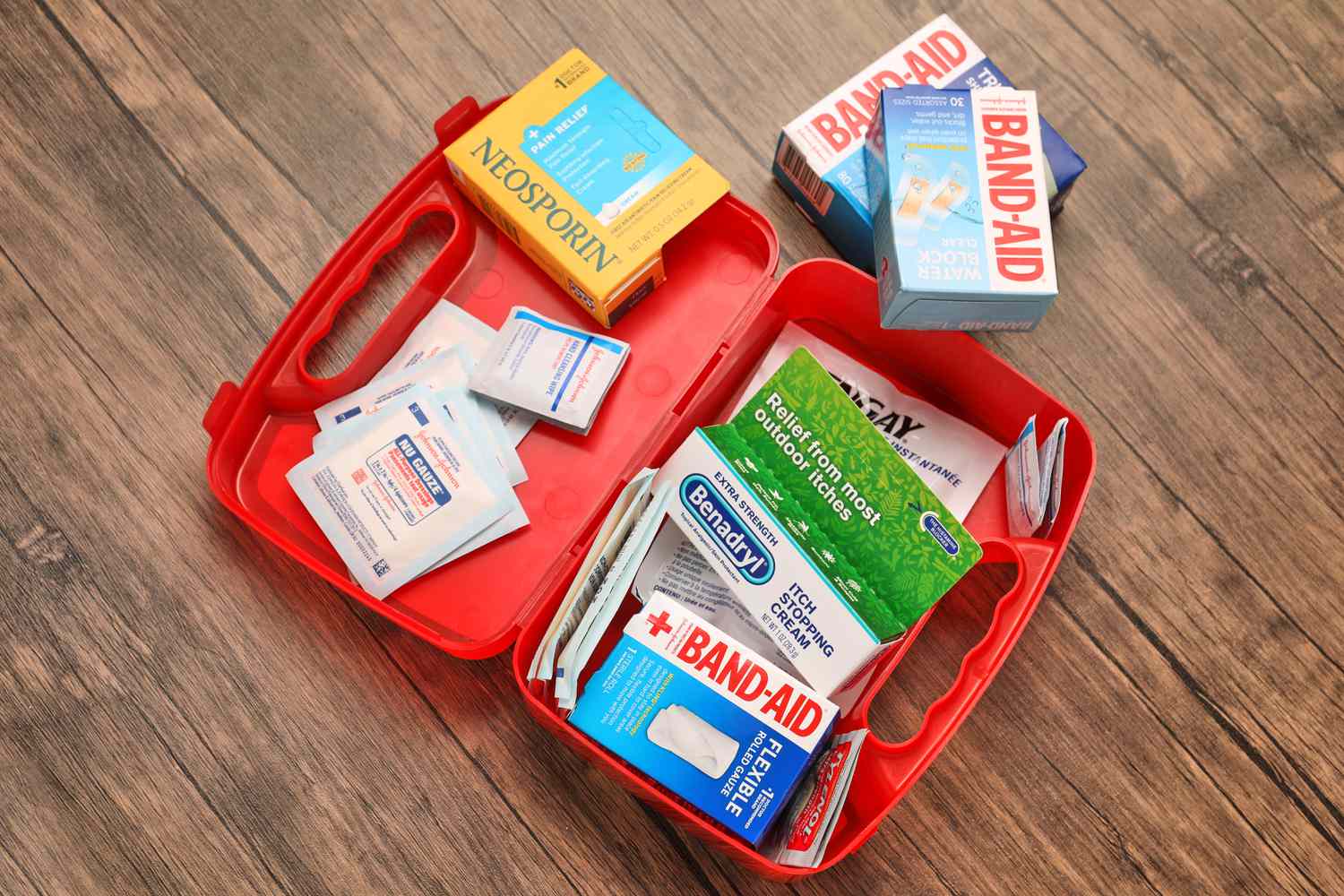
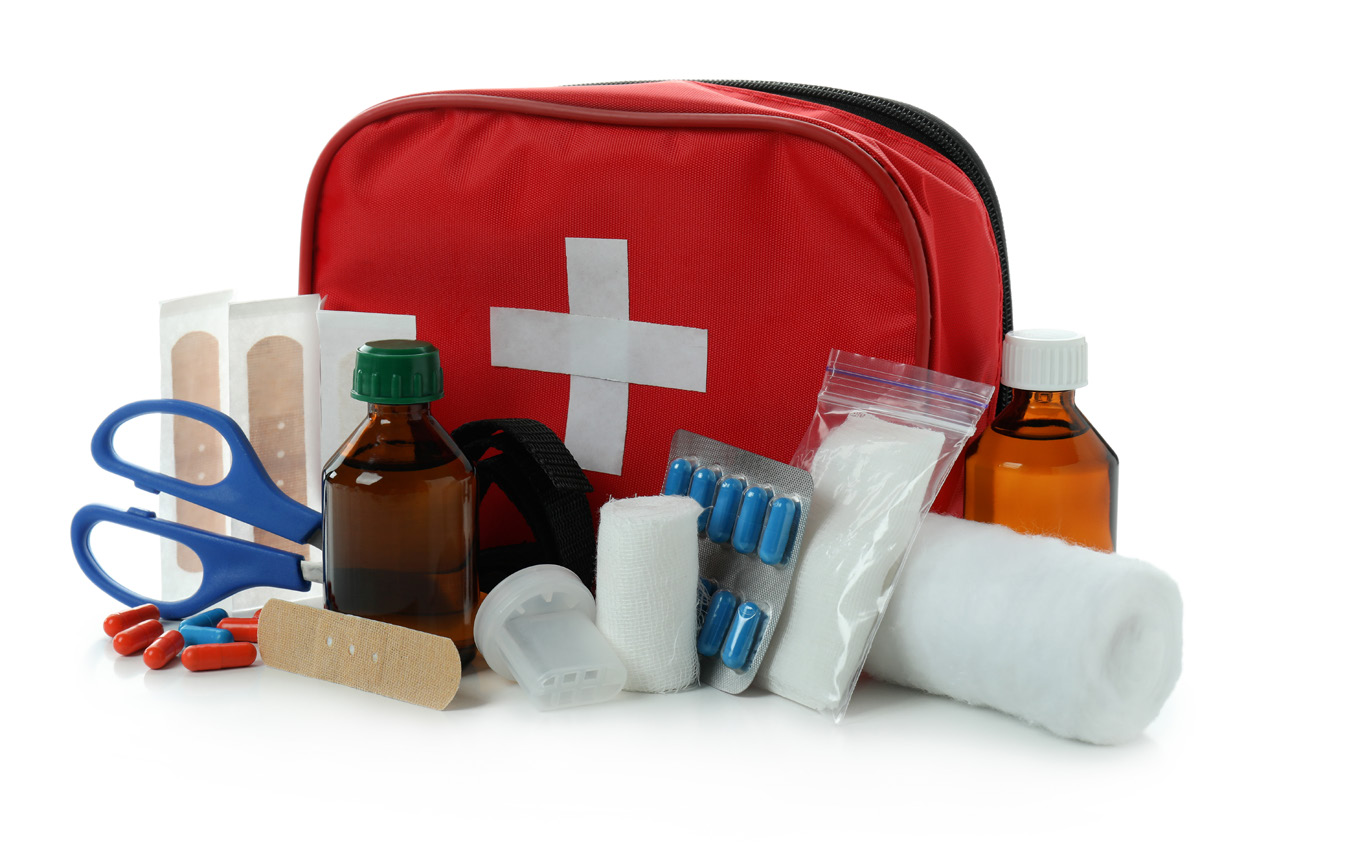
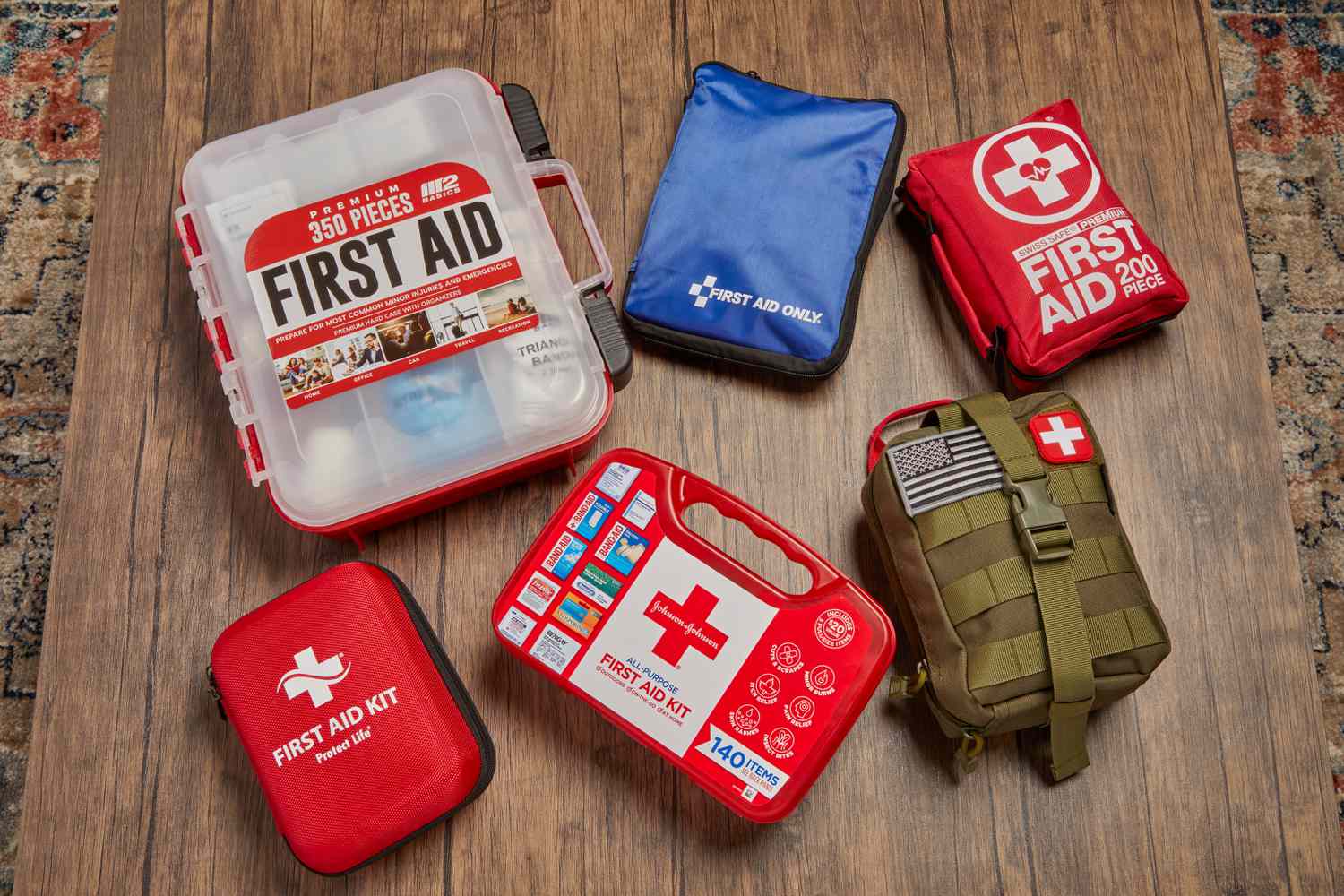
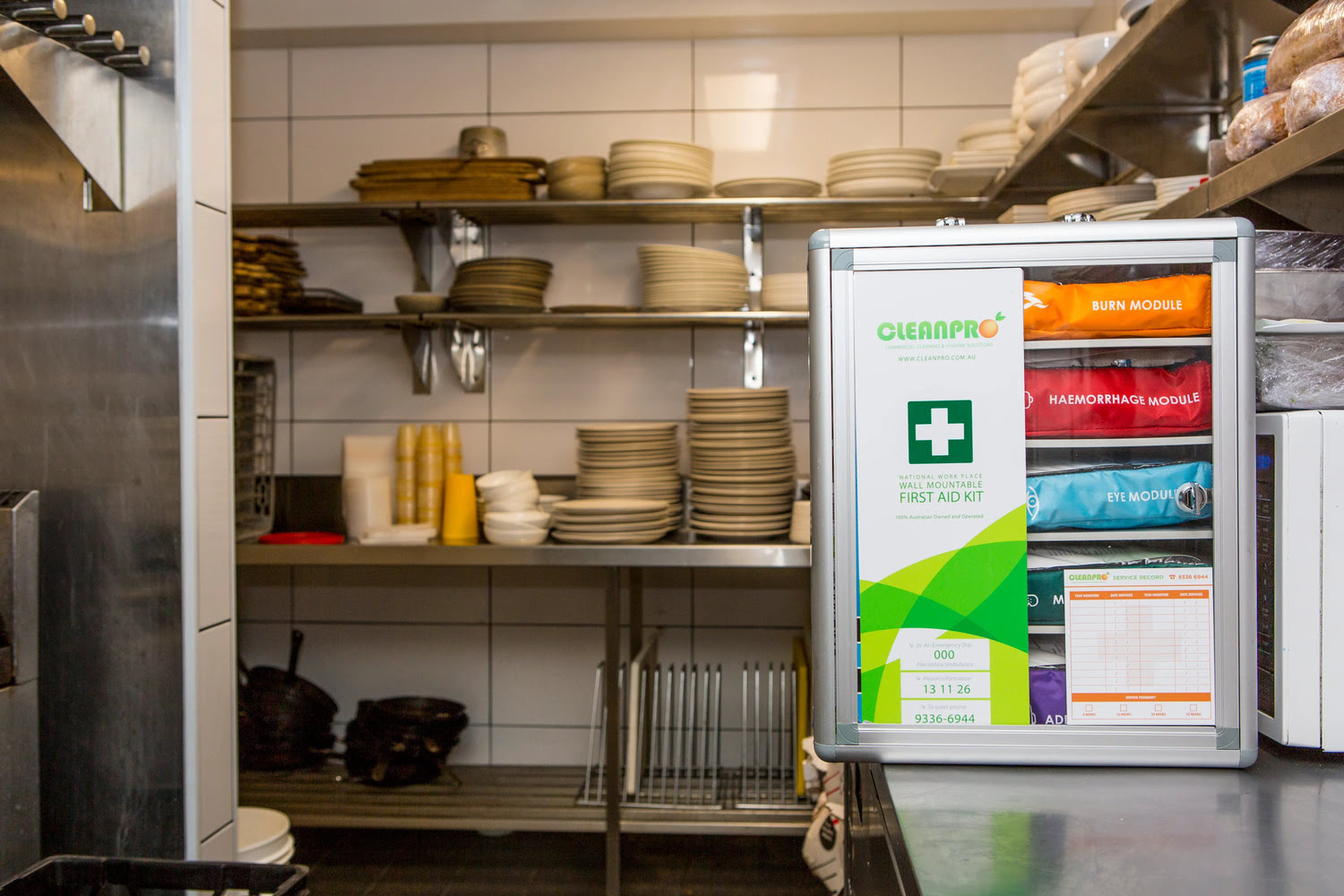
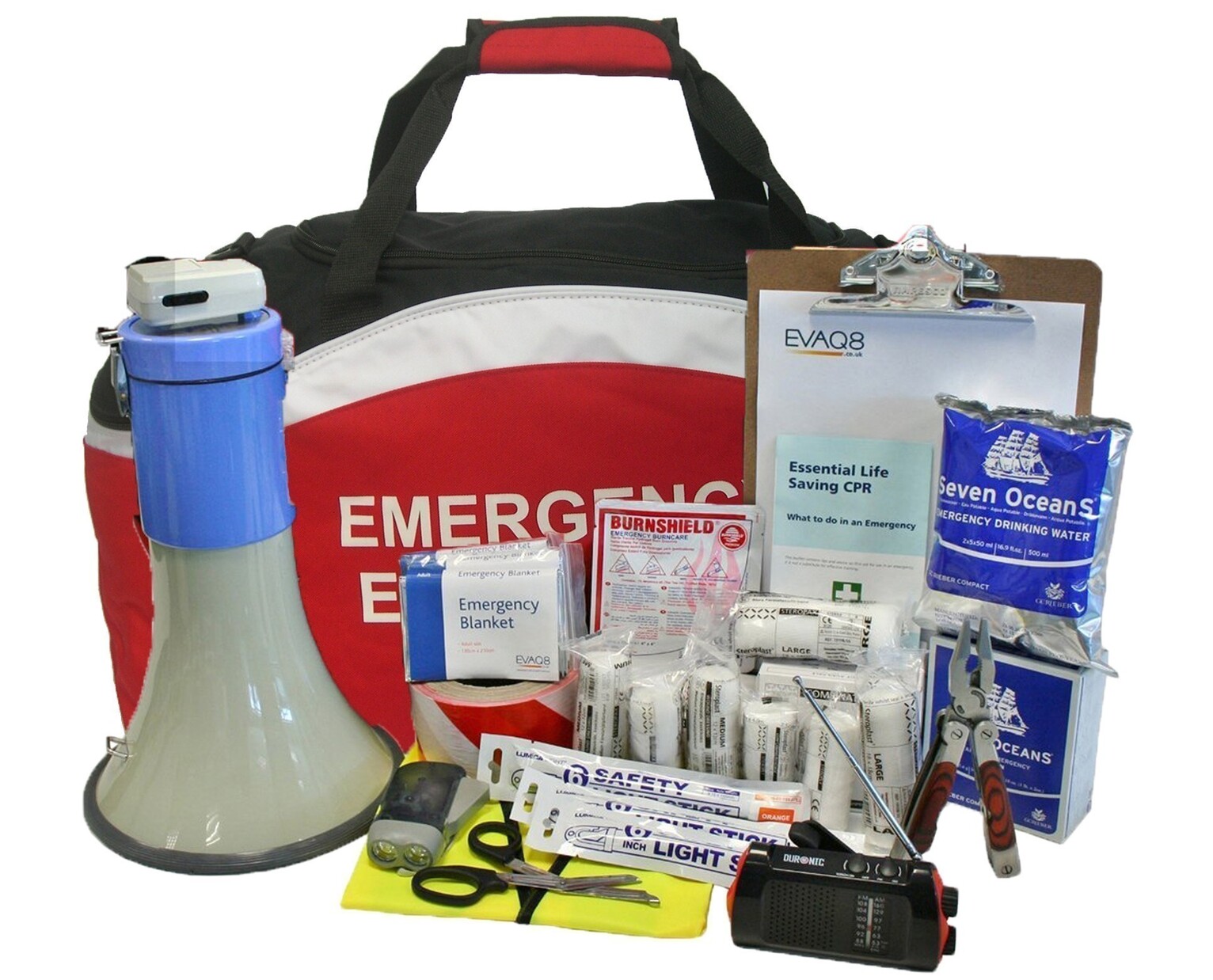
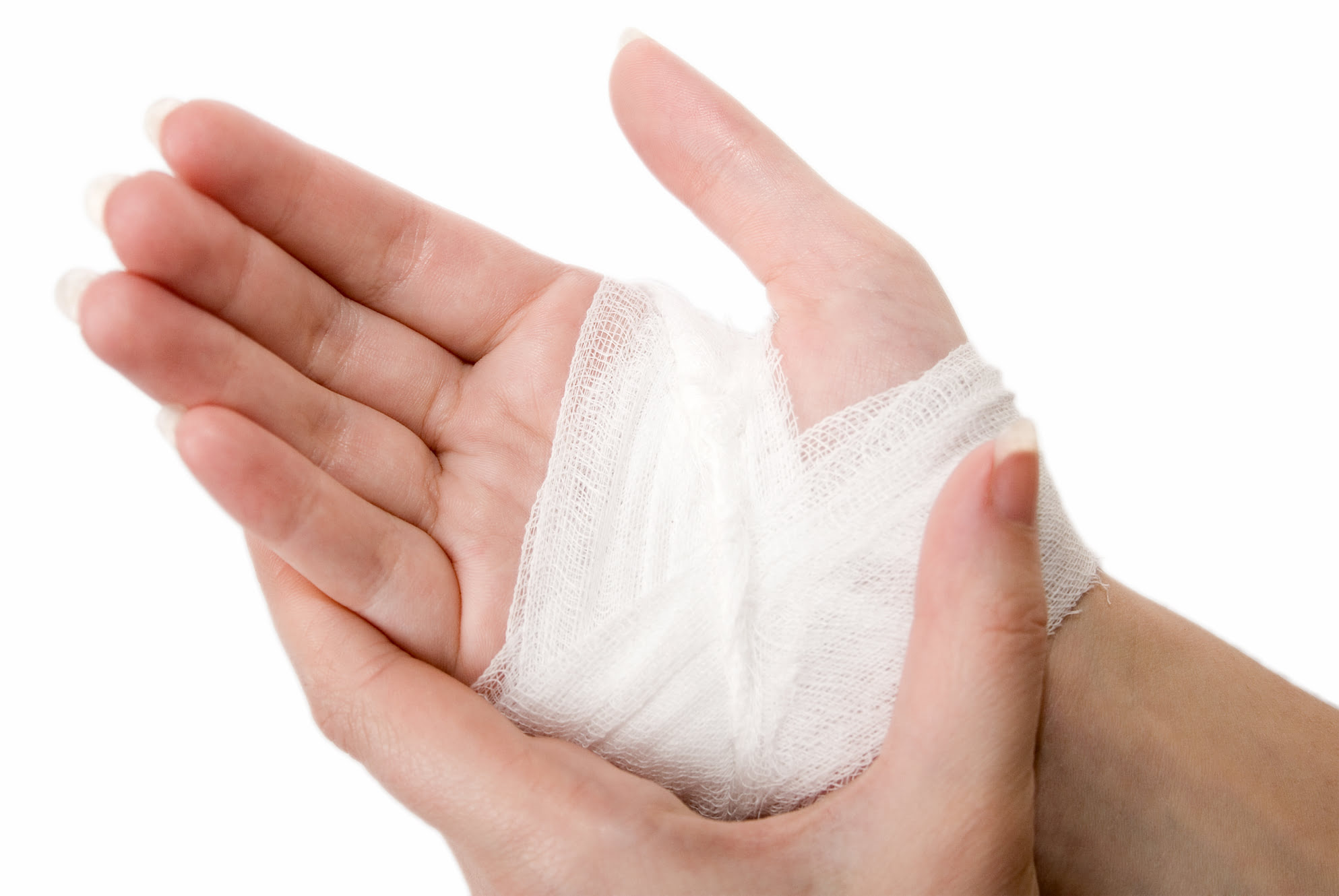
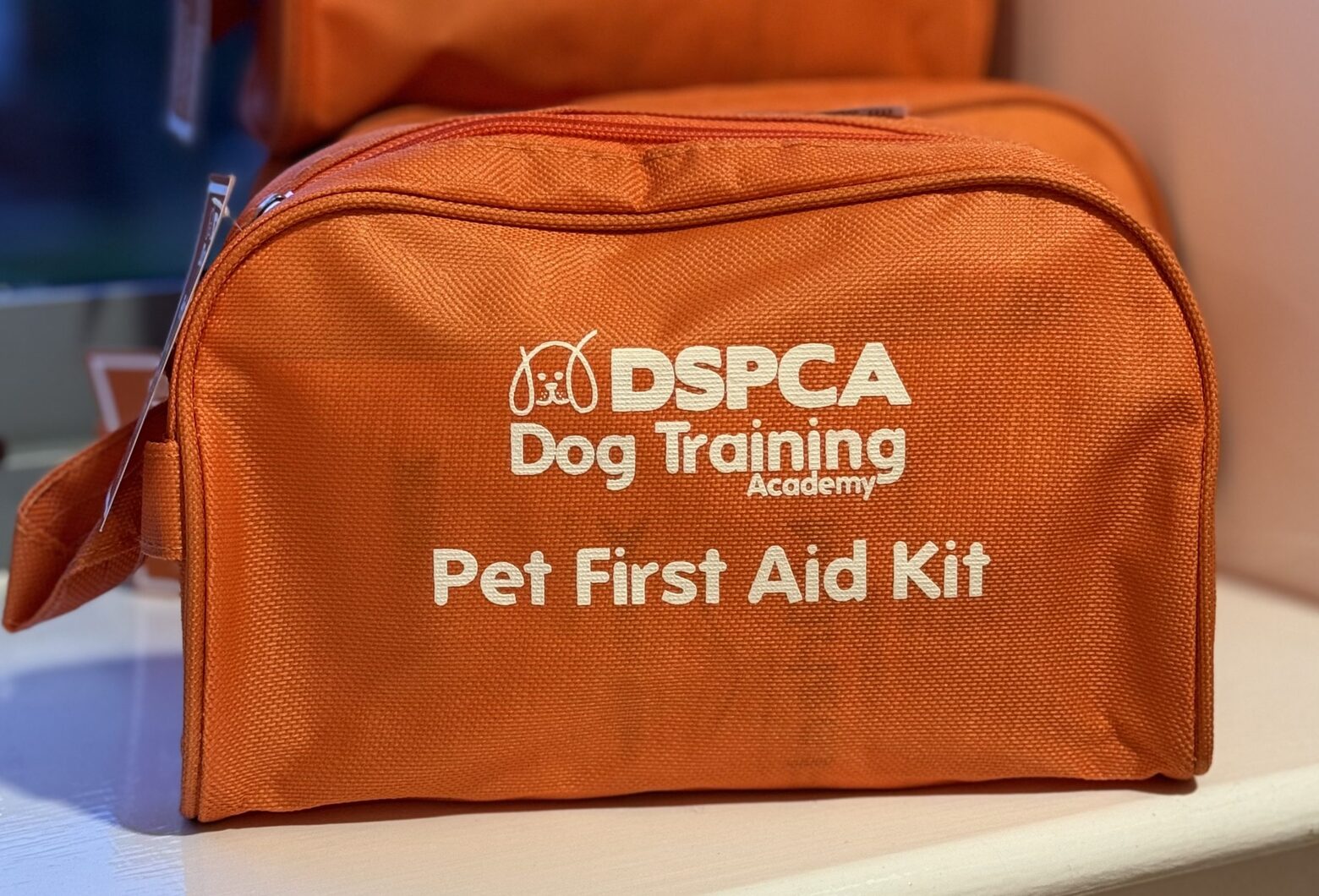
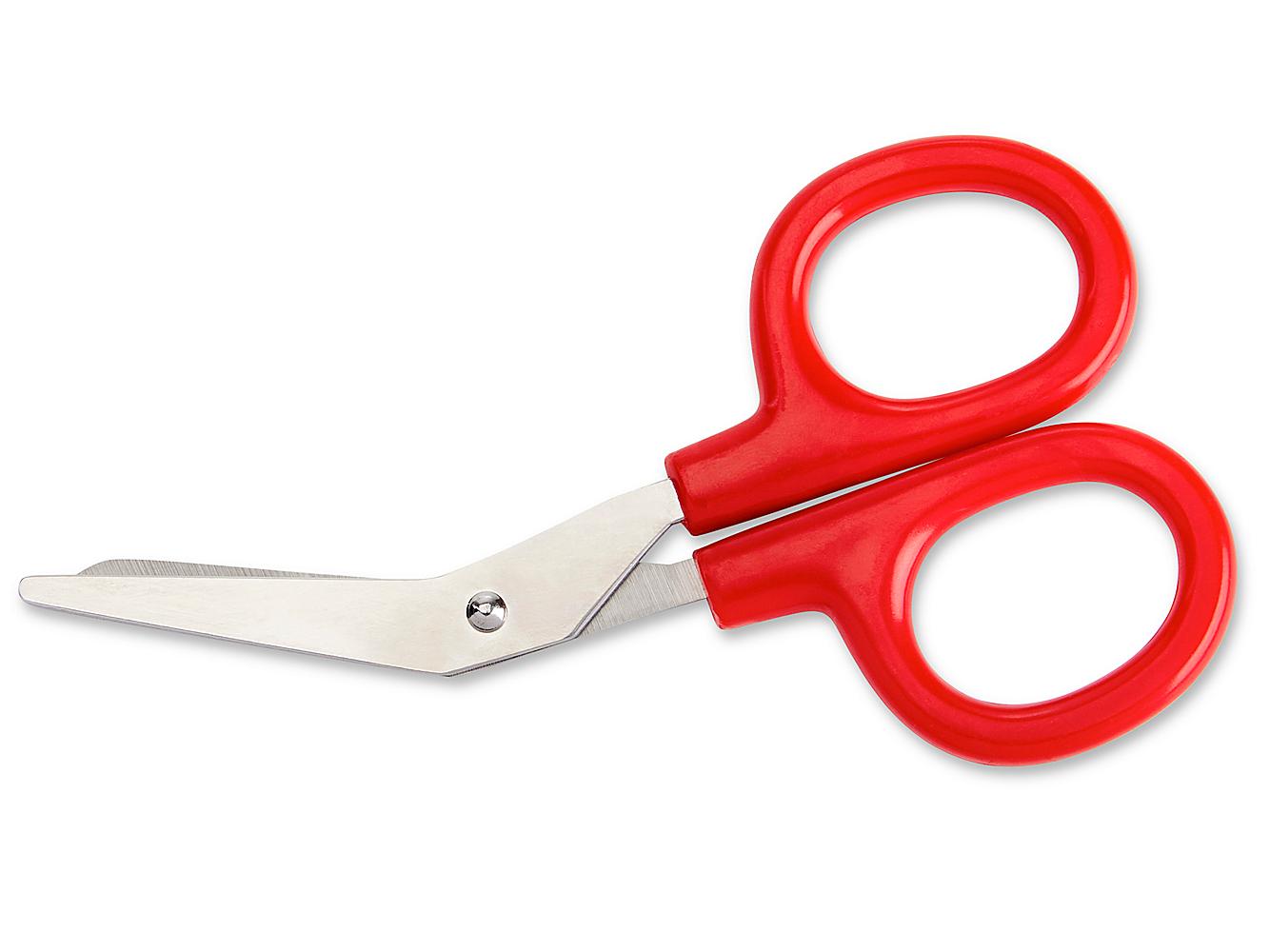
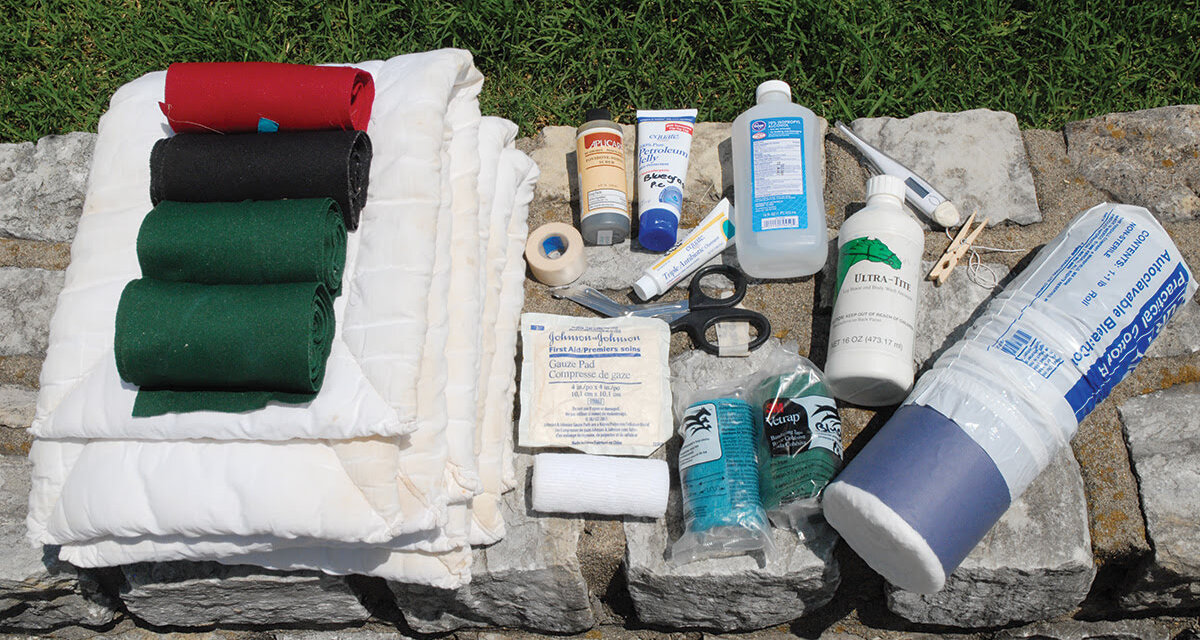
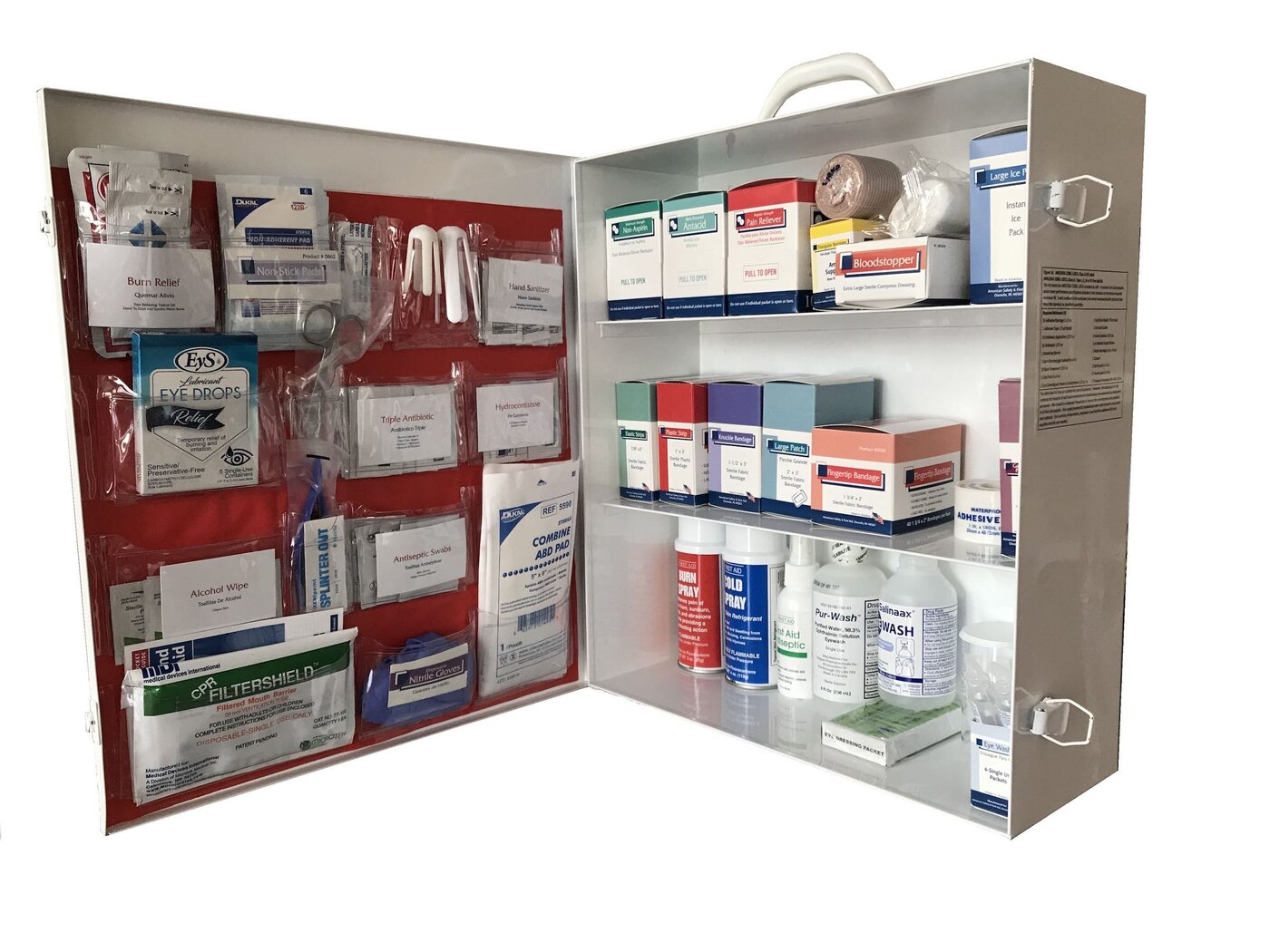
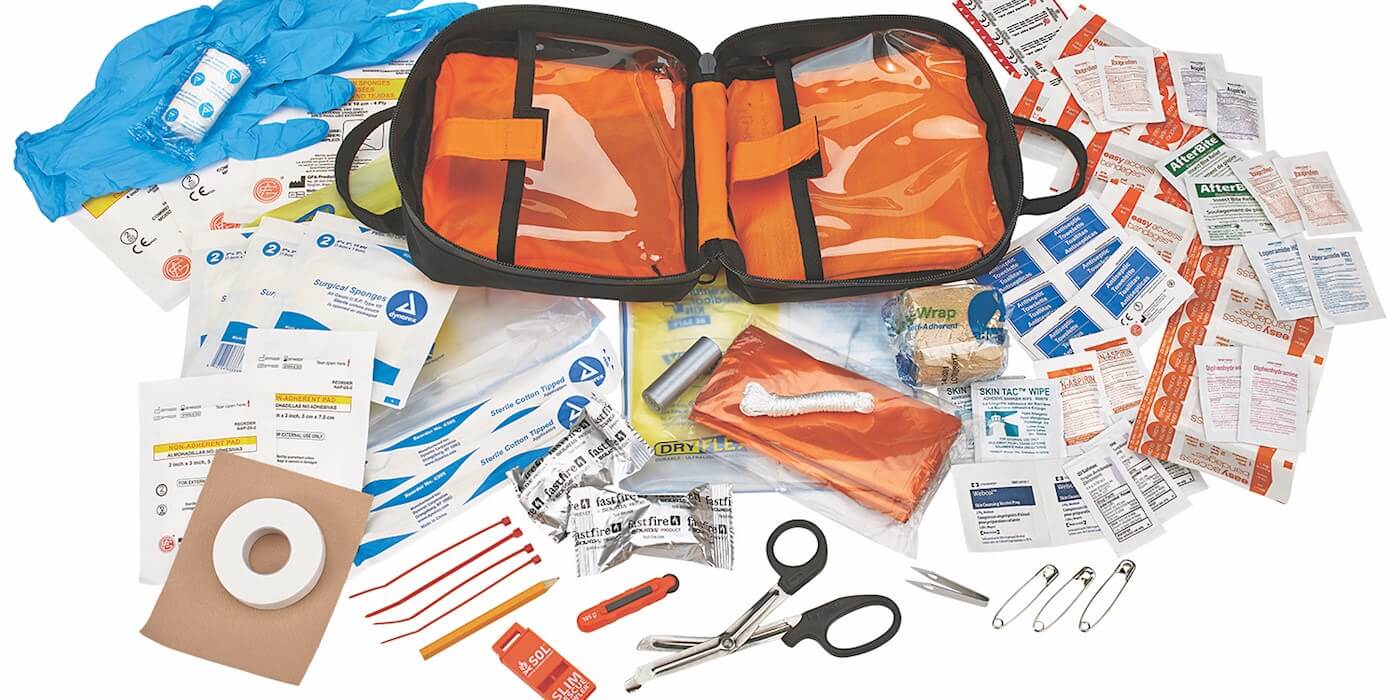

0 thoughts on “What To Put In A Sports First Aid Kit”